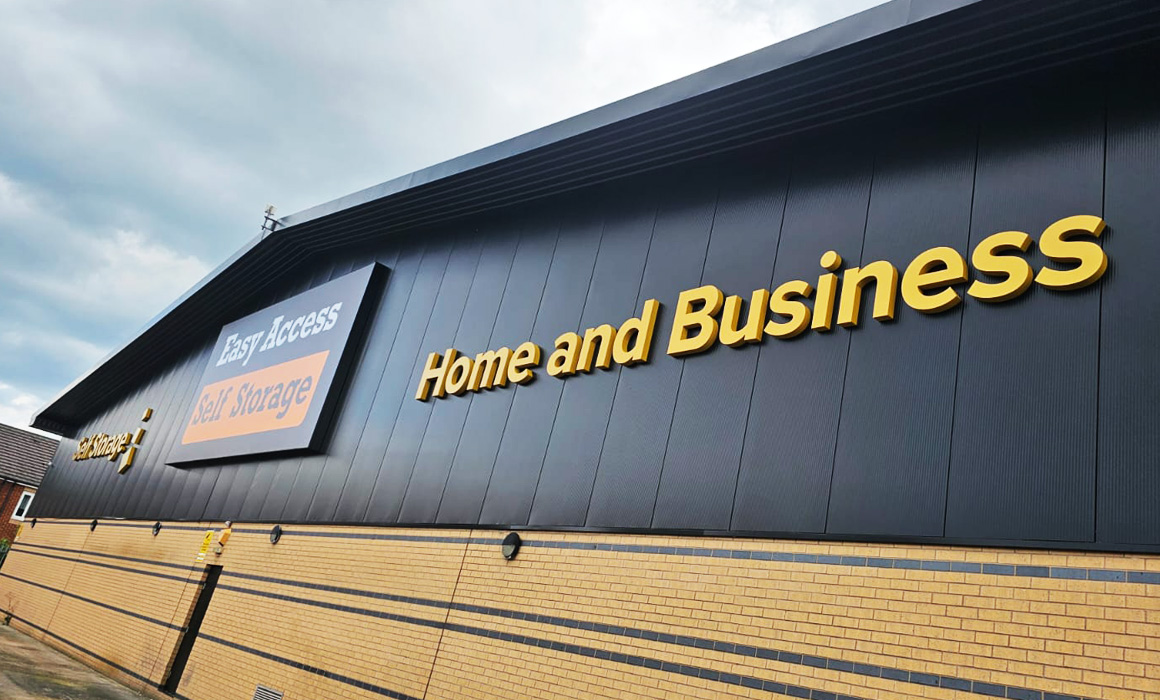Hoardings are a critical aspect of both construction sites and advertising campaigns. They not only protect sites and the public but also offer prime real estate space for impactful advertising and marketing.
In this post, we’ll delve into the history of hoardings, explore the different materials and specifications they can be made from, and provide insights on ordering, maintaining, and installing them.

A Brief History of Hoardings
The earliest hoardings date back to the Middle Ages, where temporary wooden structures were erected on top of castle walls during sieges. These provided protection while allowing defenders to launch projectiles at attackers.
Over time, the use of hoardings evolved. They first became a familiar sight on construction sites during the Industrial Revolution, as cities expanded and construction projects became more common.
In the 20th century, the function of hoardings expanded beyond mere security. They morphed into advertising spaces, especially in bustling urban areas. Today, hoardings are an integral part of construction sites, events and marketing campaigns, serving both functional and promotional purposes.
Choosing the Right Material
The choice of material plays a significant role in how effective and durable your sign will be:
- Timber
Traditional and sturdy, timber hoardings are still widely used today. They are cost-effective and can be easily painted or covered with printed graphics. However, they require regular maintenance to prevent rot and weather damage.
- Steel
For sites requiring higher security, steel hoardings offer enhanced durability and resistance to tampering. They are often used in high-risk areas or where long-term projects demand a more robust solution.
- Aluminum Composite Panels (ACM)
Lightweight and versatile, ACM hoardings are a popular choice for modern construction sites. They offer a smooth surface for high-quality printed graphics and are resistant to weathering.
- PVC and Plastic Hoardings
PVC hoardings are increasingly used for their ease of installation and maintenance. They are also an eco-friendly option, as they can be recycled after use.
When designing hoardings, consider their height, stability, and the overall aesthetic. High-quality printed graphics can turn a simple hoarding into an eye-catching advertisement, attracting attention and promoting your brand.
Let’s Get Practical: Key Considerations for Ordering, Installing, and Maintaining Hoardings
1. Ordering Your Hoarding:
- Site Survey
Conduct a detailed site survey to determine the specific requirements for your hoarding, including size, location, and any potential obstacles. This will help you choose the right materials and design.
- Design and Graphics
Work with a professional design team to create graphics that not only promote your brand but clearly present the right messages. Consider the readability of your message from different distances and angles.
- Regulatory Compliance
Ensure that your hoarding meets all local planning and advertising regulations. Some areas may have restrictions on the height, materials, or content of hoardings.
2. Installing Your Hoarding
- Structural Integrity
Proper installation is critical to the safety and effectiveness of your hoarding. The structure must be securely anchored to withstand wind loads and other environmental factors. In some cases, you may need to conduct structural calculations to ensure stability.
- Site Safety
During installation, ensure the site is secure and that all safety protocols are followed. This includes wearing appropriate personal protective equipment (PPE) and securing the area to prevent unauthorised access.
- Access Points
Consider the placement of access points or gates within the hoarding to allow for easy entry and exit to the site while maintaining security.
3. Maintaining Your Hoarding
- Regular Inspections
Schedule regular inspections to check for any signs of wear, damage, or vandalism. This is especially important in high-traffic areas where hoardings may be subject to graffiti or accidental damage.
- Upkeep
Keep the hoarding clean and presentable to ensure your advertising remains effective. Address any damage promptly to maintain the hoarding’s integrity and appearance. For advertising hoardings, it’s essential to keep the graphics in good condition to avoid a negative impact on your brand image.
More Than Barriers
Hoardings are more than just barriers; they are powerful tools for branding and advertising while ensuring site safety and security.
We can help you make informed decisions that ensure your hoarding not only fulfils its functional role but also enhances your brand’s visibility.
We specialise in designing, fabricating and installing hoardings and know what’s needed to ensure you meet the highest standards of quality and compliance. So, whether you need a simple site barrier or a complex advertising hoarding, contact us today to chat through your next hoardings project and let us take care of it.





